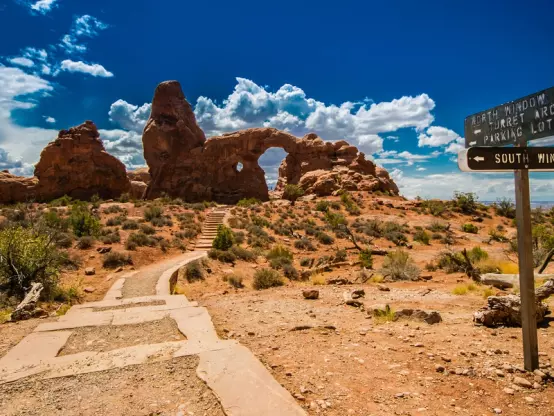Rahmstorf's talk at #EGU about his life's work, or rather, about one of the topics of his life's work and what others and him contributed to what is known of #AMOC today
https://youtu.be/HX7wAsdSE60
At 14:30min or so, he mentions that his Bachelor student just worked out (or maybe repeated the results successfully) what happens at the #ColdBlob. Why is it colder there, what's the mechanism?
So the AMOC slows down and brings less and less warm water into that subarctic gyre South of Greenland. But the cold blob doesn't look cold due to warm water getting released more than compared with the rest of the North #Atlantic . It looks colder because it releases less heat to the atmosphere, precisely bc less warm water manages to enter the gyre.
And near the American coast, the opposite is observed: more heat is released there, so it looks orange. Also due to AMOC slowdown. * End of his short mentioning of this explanation.
This next part is my processing the info.
I had read this also in his recent paper. And stared at it for minutes but didn't get it. It took listening & watching to comprehend what he meant.
Still unclear: obviously, lotsa warm water is around the gyre, just waiting to be pulled into the roundabout. "I bought the ticket, now let me in!"
Why No Entry? Or why very limited entry?
Hm. Gotta think some more about it.
Maybe all that warm water abhores the cold blob. A no-go zone, maybe.
Or the access is limited bc it's full already... and ... oh, and the queue exists bc South of Iceland, the AMOC is too slow in pushing warm salty water down into the abyss.
If it were faster, it would manage to pull in water from within the gyre as well.
So the gyre and its cold blob isn't really part of what drives AMOC.
It just swivels happily around itself?
And whether its cold-er than its surrounding waters or of the same salinity and warmth doesn't matter, it'll go round and round anyway.
AMOC also doesn't need the gyre. When AMOC is faster, the blob disappears. When it's slower, the blob happens.
Ah. Due to it being cold-er, it attracts clouds bursting overhead. So it rains there more often than elsewhere bc it's cold-er, and it's cold-er bc there's only limited entry for warm water, depending on how fast the region North of the gyre can push the salty water into the abyss.
Okay. That might be it. But Rahmstorf's explanations ended at *. The rest is only me, doing a #Tegtmeier , a working theory. Written down so it sticks and can later be compared to newly learned stuff.




 New preprint
New preprint  Have your voice heard!
Have your voice heard!  Learn about his vision and goals in an exclusive interview with our Media and Communications Officer, Asmae Ourkiya.
Learn about his vision and goals in an exclusive interview with our Media and Communications Officer, Asmae Ourkiya.  and
and 
 ?
?